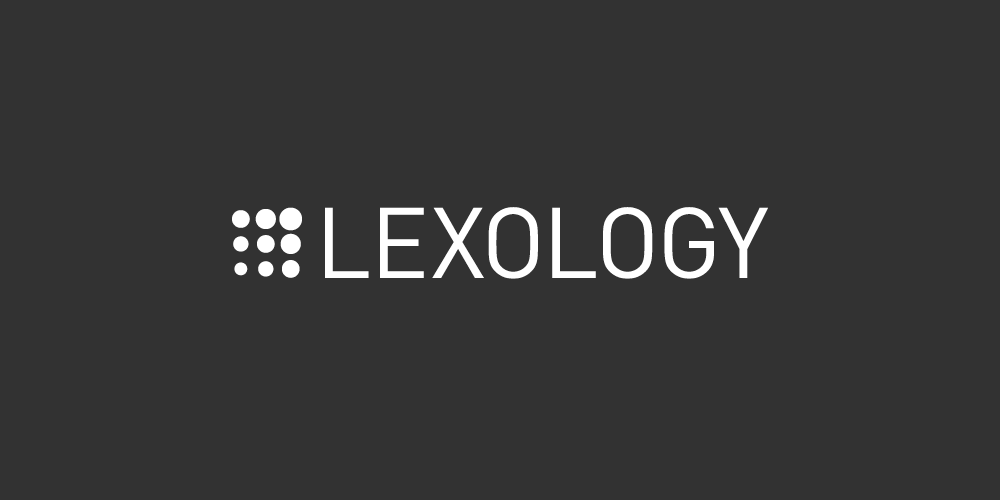
Non-fungible tokens (NFTs) have gained significant attention in recent years as a unique form of digital asset. These tokens serve as proof of ownership of intangible goods, such as images, videos, or soundtracks, and are usually sold as the digital equivalent of a physical work. This article will explore the intellectual property (IP) aspects of NFTs, particularly how they intersect with copyright and trademarks.
From a technical standpoint, NFTs are simple datasets that contain information about a digital creation and its owner. What distinguishes NFTs is that they are built on blockchain technology, where information related to an NFT, such as its creator, owner, and the digital creation it represents, is stored. This information is immutable and verifiable, allowing for the unambiguous proof of origin and ownership history of each token. As a result, NFTs are often compared to physical works of art, as their ownership cannot be easily duplicated like conventional digital creations.
When it comes to third parties creating NFTs linked to digital equivalents of branded products, the ability to do so depends on whether the branded product is protected by copyright. In cases where copyright protection applies, only the creator of the physical equivalent is entitled to mint a token under copyright law. This means that the right to create an NFT linked to a copyright-protected branded product lies with the rights owner of the physical work. If the rights have been transferred to a third party, it is unlikely that the right to create an NFT is also granted without explicit permission.
Trademark holders, on the other hand, have the right to challenge NFTs linked to digital equivalents of their brands if they also own a trademark specifically for NFTs linked to digital products. However, exceptions may exist, as seen in the Hermès case, but in general, trademark owners would need a trademark specifically covering NFTs linked to digital equivalents of their branded products.
When purchasing NFTs, it is essential to pay attention to the transferred rights in NFT transactions. While the transfer of an NFT signifies a change in ownership, it does not automatically grant the right to commercially use the NFT. The specifics of the rights being transferred and retained should be clearly defined in the purchase or license agreement. This is particularly important in relation to reproduction rights and the right of making the creation available to the public under copyright law.
In terms of trademark applications for NFTs, the European Union Intellectual Property Office (EUIPO) has included “downloadable digital files authenticated by non-fungible tokens [NFTs]” as a new term in Class 9 of the Nice Classification. This classification recognizes NFTs as unique digital certificates registered in a blockchain, distinct from the digital items they authenticate. When filing a trademark application for NFTs, it is crucial to specify the specific type of digital creation authenticated by the NFT, rather than simply using the term “NFT.”
As the use of NFTs continues to grow, it is important for IP professionals to understand their implications in the world of copyright and trademarks. The legal landscape is ever-changing, and practitioners need to adapt to the digitalization of assets and the role of technology in IP law. With a solid understanding of NFTs and their relationship to copyright and trademarks, lawyers can effectively navigate this emerging field and provide comprehensive advice to their clients.






